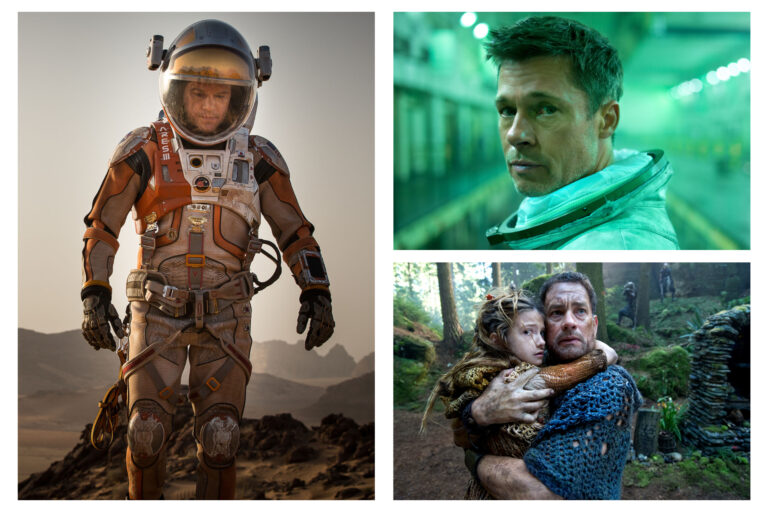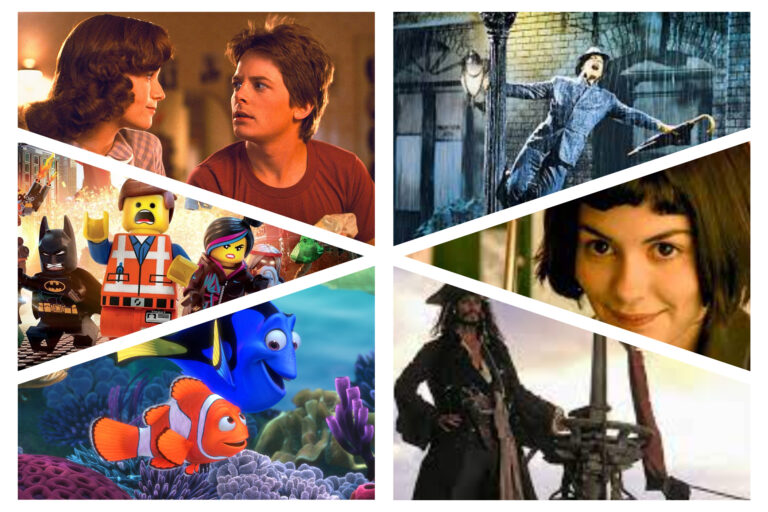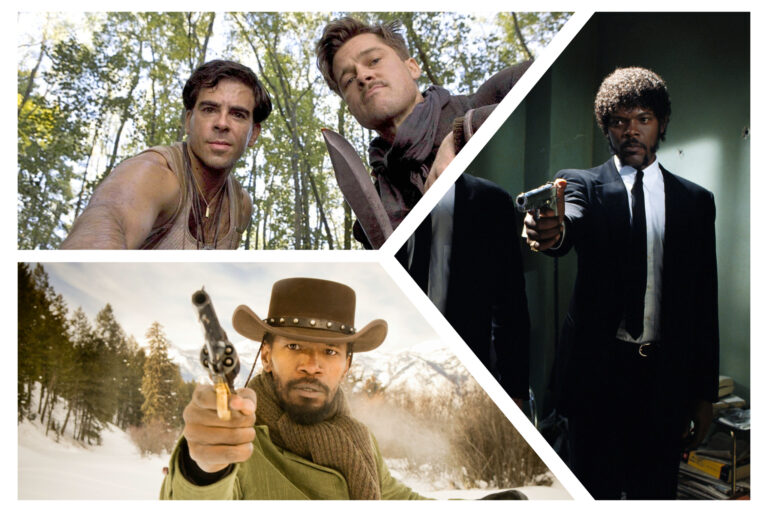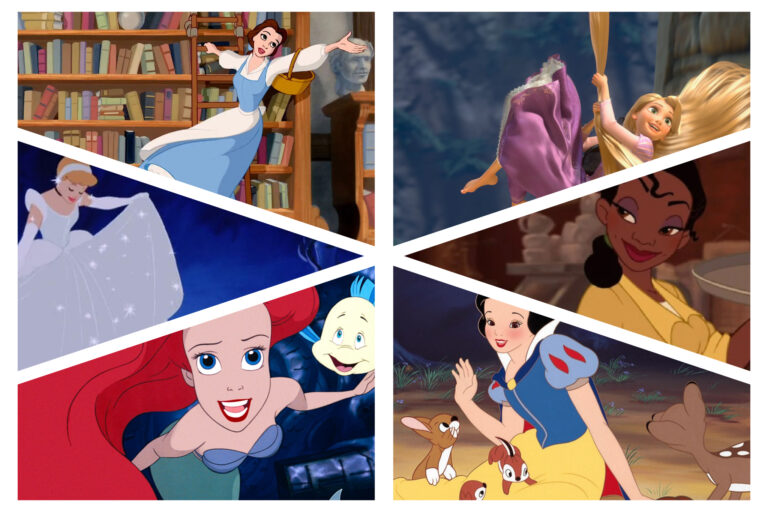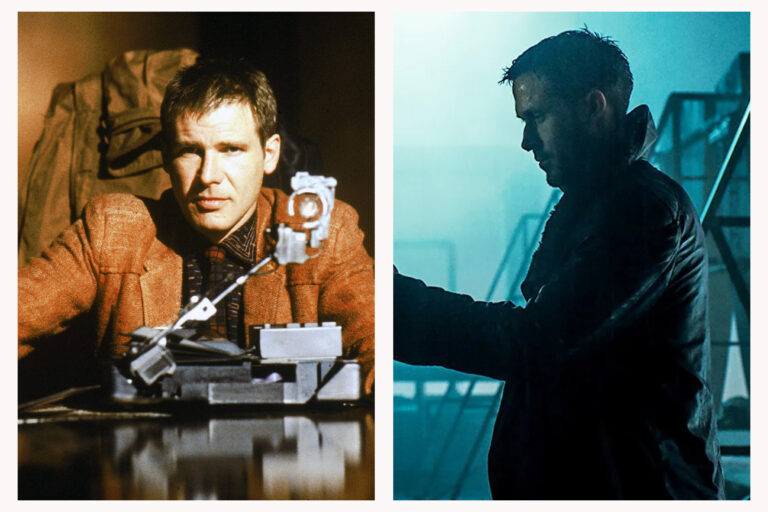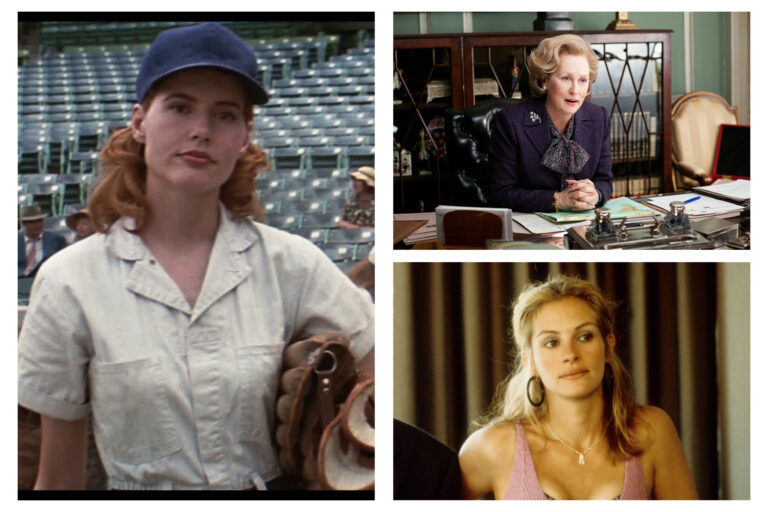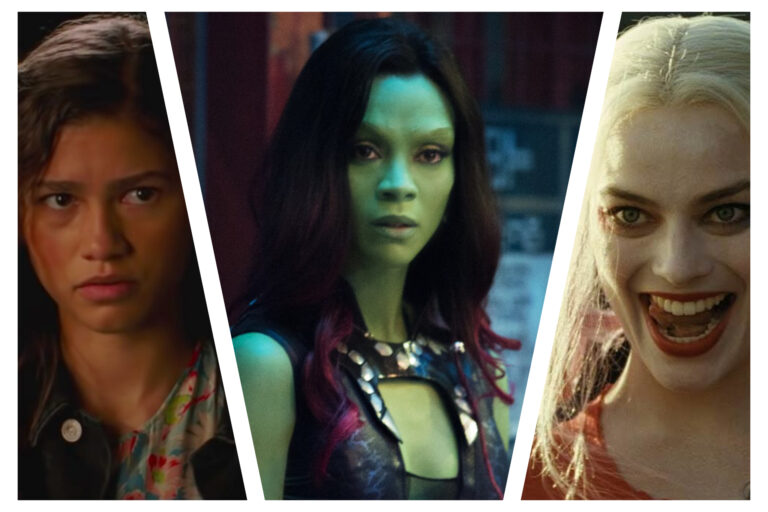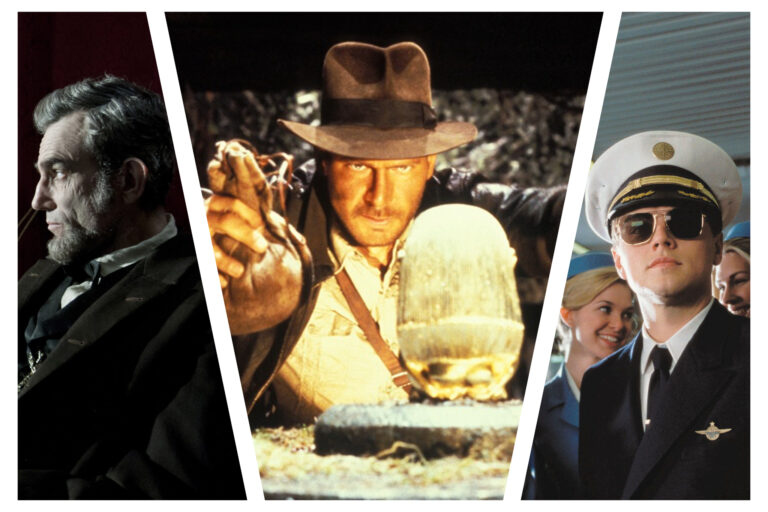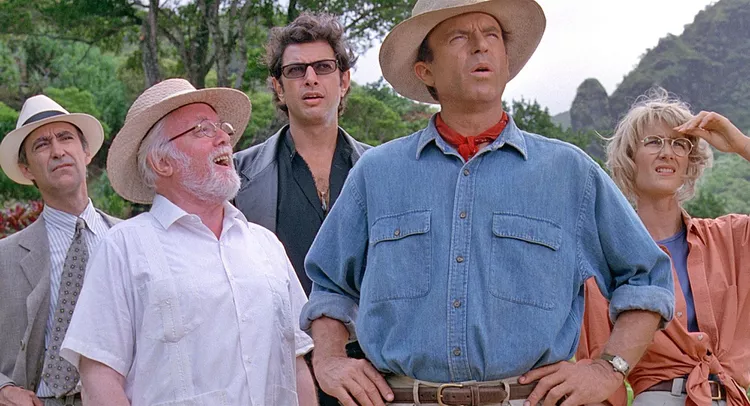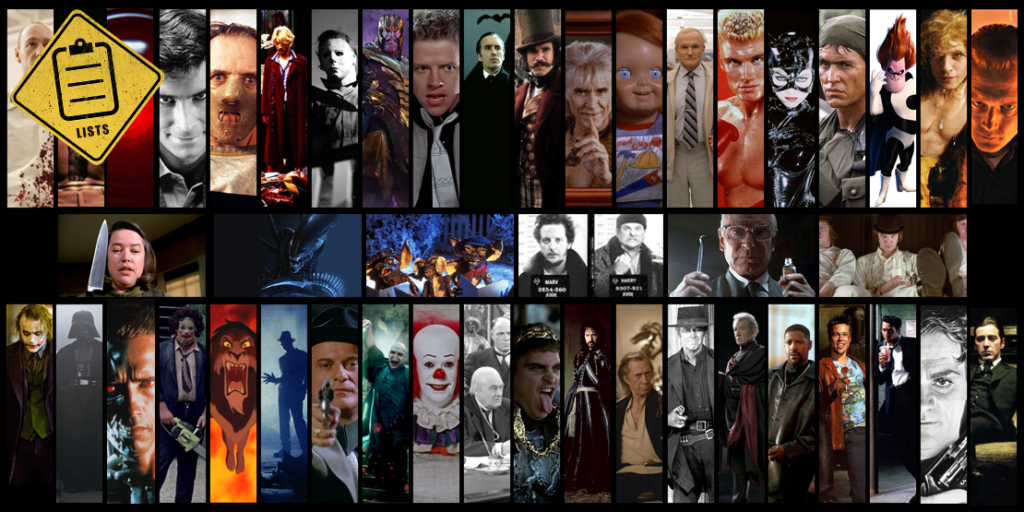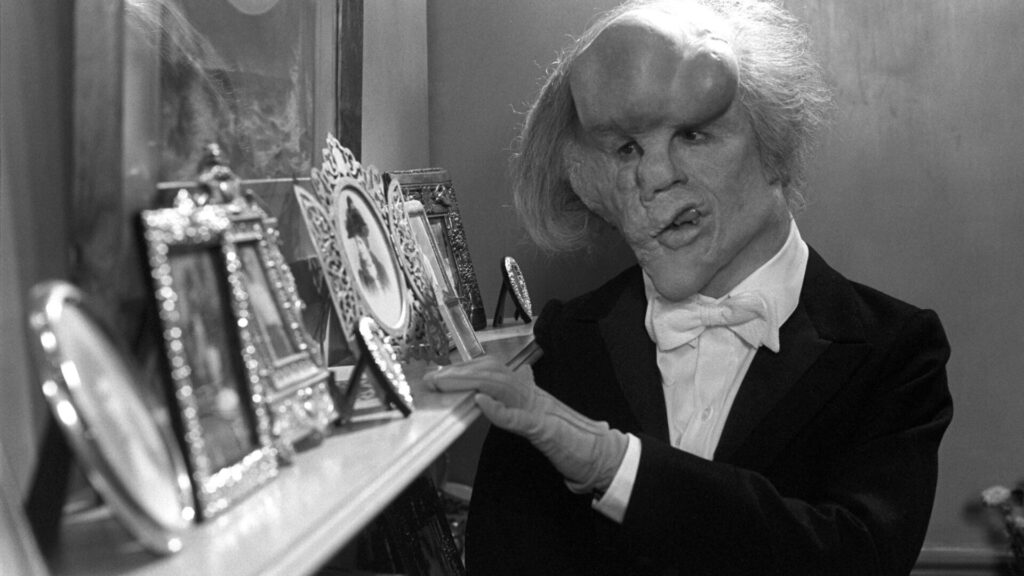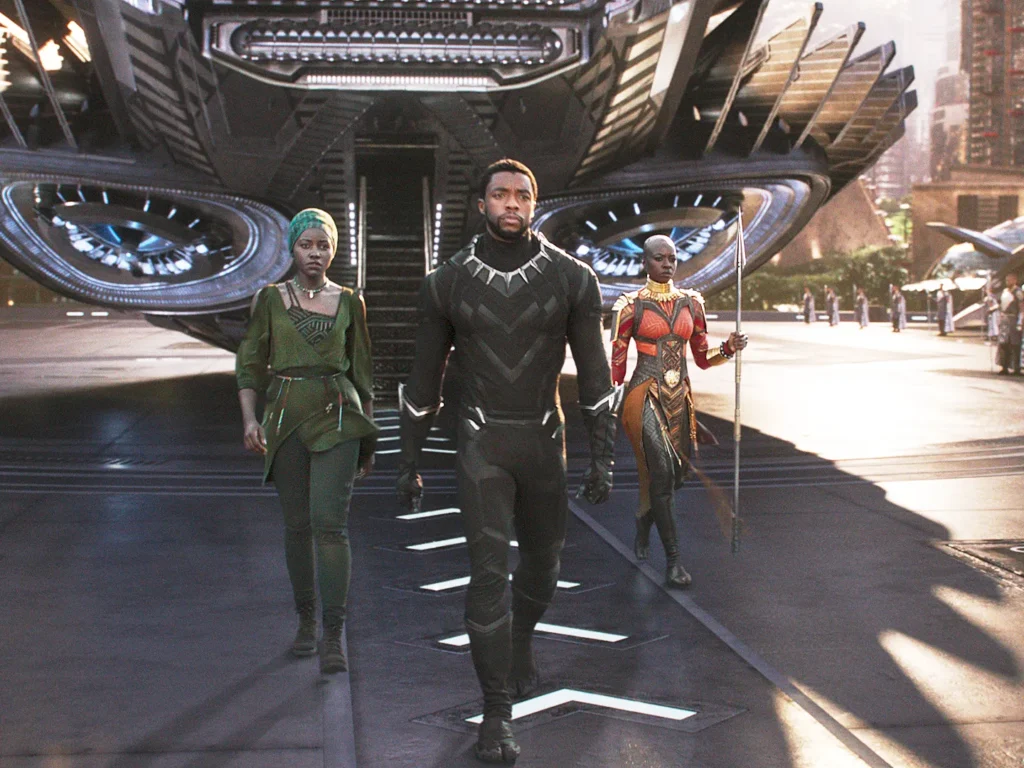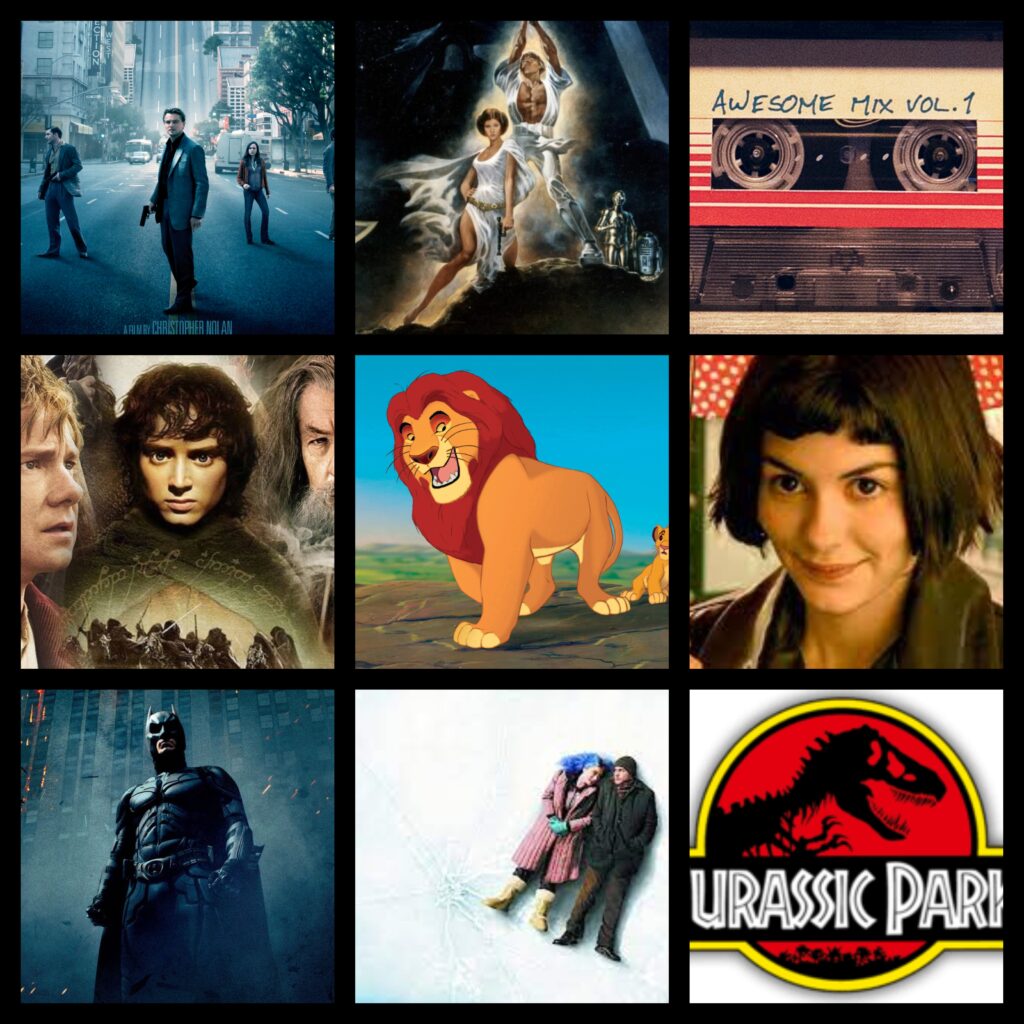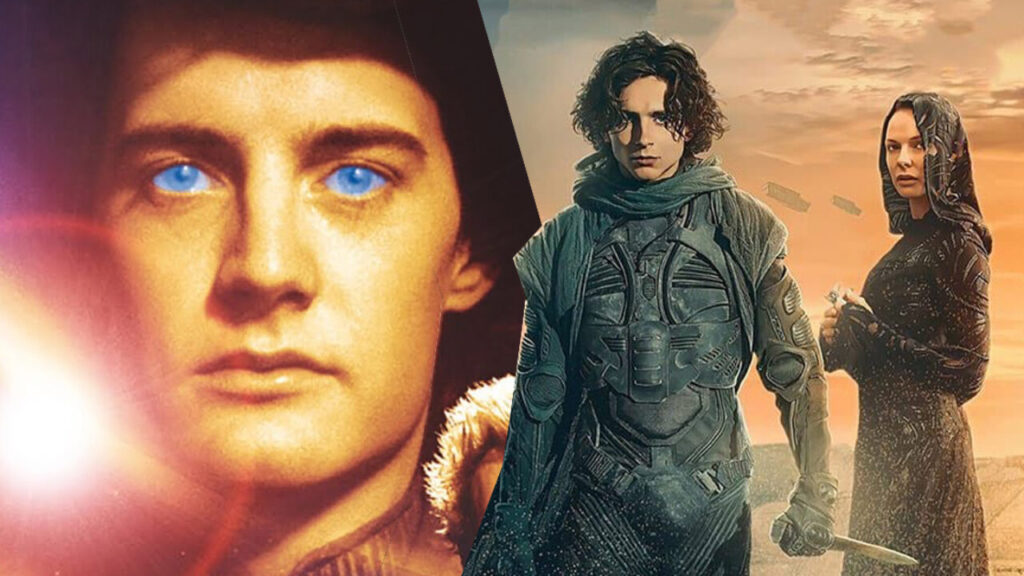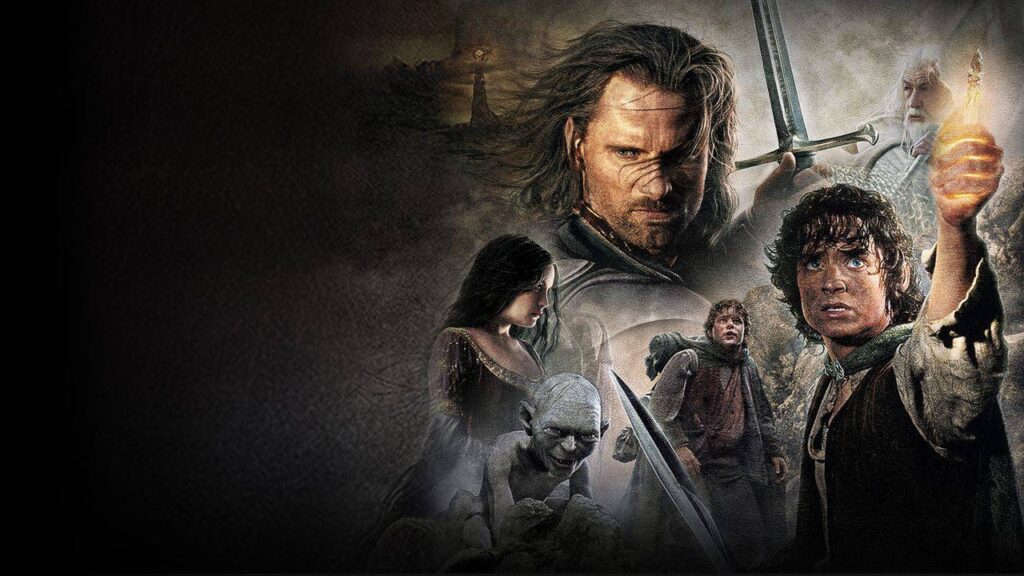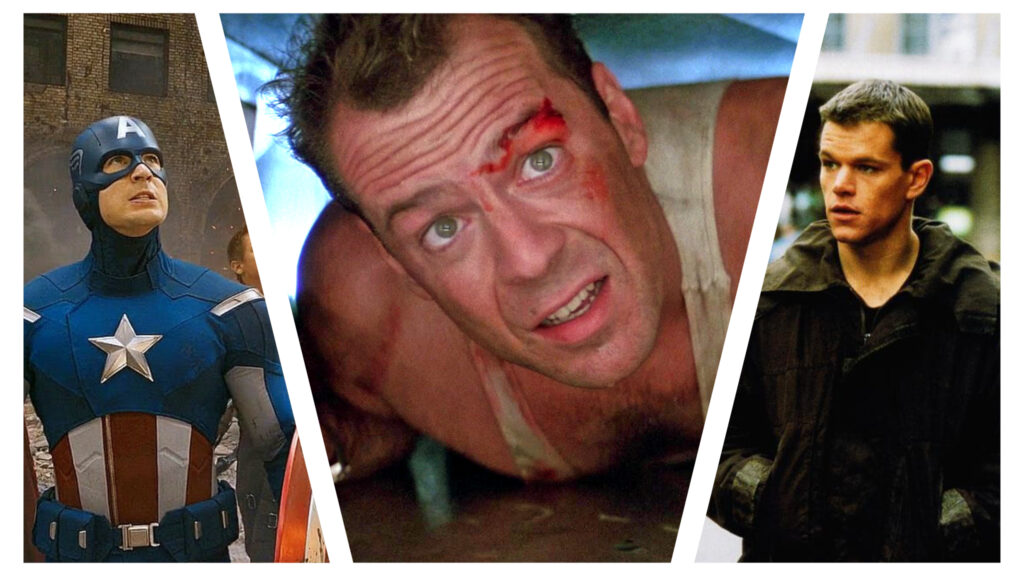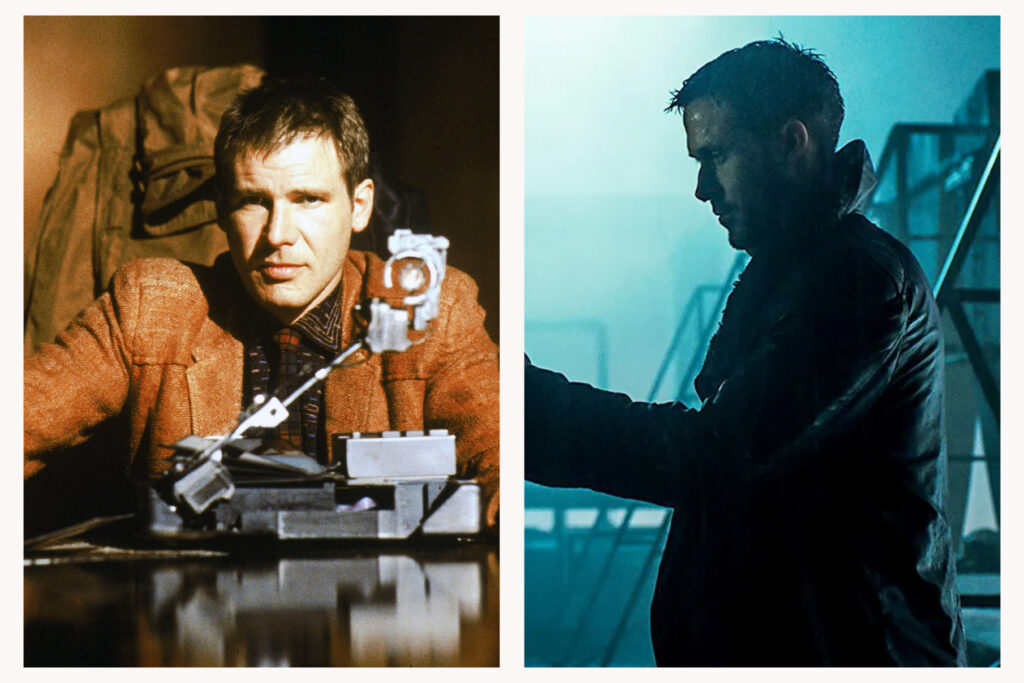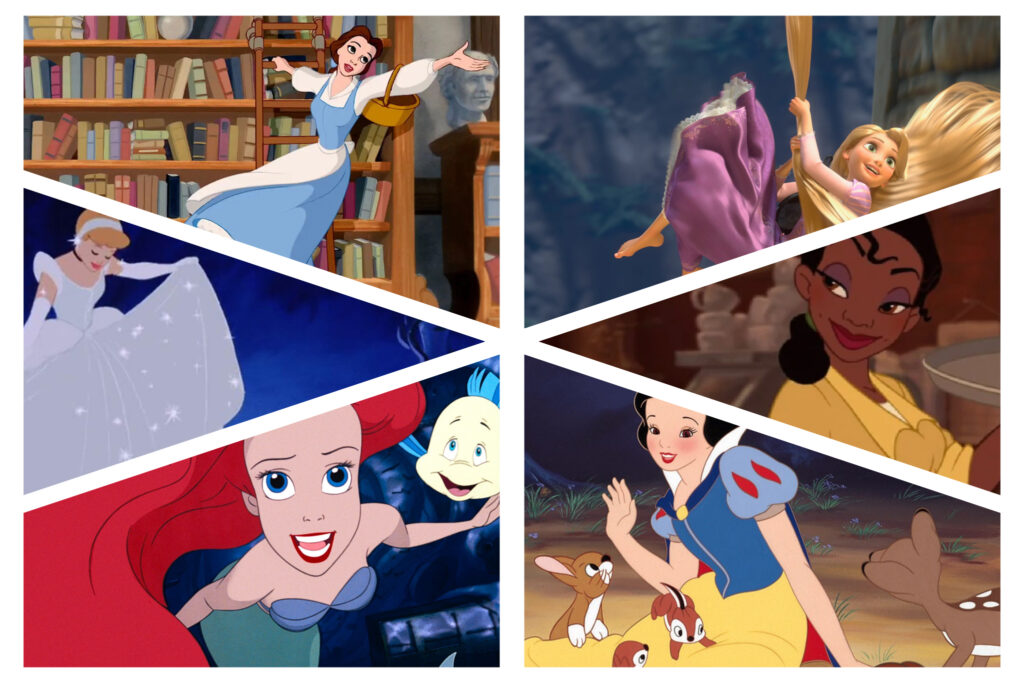Matrix Resurrections: Unveiling the Matrix's Digital Renaissance

In an era where technology intertwines with every facet of our lives, “Matrix Resurrections” emerges as a cinematic event that resonates with the very fabric of our contemporary existence. With the latest installment of the iconic “Matrix” franchise, viewers are transported back to a world where reality blurs with illusion, where questions of identity, simulation, and consciousness come to the forefront. In this exploration, we delve deep into the heart of “Matrix Resurrections,” dissecting its narrative intricacies, visual innovations, and the profound themes that continue to reverberate through time and technology.
A Revived Reality

The anticipation surrounding “Matrix Resurrections” is not simply rooted in nostalgia—it’s a testament to the enduring legacy of a franchise that revolutionized cinematic storytelling. Directed by Lana Wachowski, who co-created the original trilogy, the film masterfully balances a sense of familiarity with a narrative that expands the matrix’s horizons. The resurrection is not confined to characters; it’s a resurgence of philosophical inquiries and a reflection of the rapid evolution of our digital age.

“Matrix Resurrections” brings Neo (Keanu Reeves) and Trinity (Carrie-Anne Moss) back into our lives, but it’s not merely a continuation of their story. It’s a reimagining, a reevaluation of concepts that captivated minds in 1999. The film’s narrative goes beyond the resurrection of characters—it’s a resurrection of ideas. It challenges the assumptions laid down by its predecessors while honoring the very essence of what made “The Matrix” a cultural phenomenon. As the boundaries of reality blur in our digitally driven world, “Matrix Resurrections” demands that we reconsider our perceptions of identity, control, and the nature of existence.
Digital Dualities: Reality and Simulation

As the world becomes increasingly digitized, the themes explored within the matrix find resonance in our own lives. “Matrix Resurrections” paints a tapestry of digital dualities, where individuals navigate the complexities of virtual identities and the allure of simulation. Neo’s return parallels our journey through the digital landscape, where the lines between authenticity and constructed reality often blur.
The film introduces us to a world where the distinctions between the physical and the virtual are no longer clear-cut. This is a world where interactions and experiences can be mediated through screens, where the tangible and the simulated converge seamlessly. The narrative weaves an intricate web, challenging characters and viewers alike to decipher what’s real and what’s fabricated—a journey that mirrors our own in a society where digital personas often eclipse the genuine self. “Matrix Resurrections” serves as a poignant reminder that our perceptions, beliefs, and even our sense of self can be shaped by the digital matrix we inhabit.
A Visual Renaissance

Visual storytelling has evolved since the franchise’s inception, and “Matrix Resurrections” is no exception. With advancements in technology, the film brings the matrix’s virtual landscapes to life in ways previously unimaginable. Action sequences are choreographed spectacles, seamlessly fusing real-world dynamics with the digital realm. The film retains signature motifs while embracing a visual language that resonates with the modern audience.

The visual evolution in “Matrix Resurrections” parallels the advancement of technology since the original trilogy. The original “Matrix” challenged our perceptions with its groundbreaking bullet-dodging and slow-motion combat scenes. “Matrix Resurrections,” armed with contemporary filmmaking techniques, pushes the envelope even further. The result is an experience that plunges audiences into a multisensory spectacle, where virtual battles and digital realms are portrayed with a level of realism that blurs the lines between fantasy and reality.
Nostalgia and Evolution: Bridging the Gap

Nostalgia is a powerful force, drawing audiences back to beloved worlds. However, “Matrix Resurrections” doesn’t solely rely on the past. It bridges nostalgia with evolution, ensuring that characters and concepts evolve alongside the audience. The narrative resists mere reiteration, choosing instead to weave familiar elements into an intricate narrative fabric that embraces the unknown.
Neo and Trinity’s return is not a mere regurgitation of their past personas—it’s an evolution of their characters in response to the times they inhabit. It’s a reminder that the passage of time leaves its mark, reshaping individuals and narratives. As Neo navigates a new matrix, one intricately woven with technological complexities, he is not the same person who once defied the machines. “Matrix Resurrections” positions its characters at the crossroads of past and present, allowing them to grapple with the implications of their digital legacy while carving out a new path in an age where digital footprints define our identities.
Unpacking the Matrix: Layers of Meaning

At its core, the “Matrix” series has always been more than a science fiction action spectacle. “Matrix Resurrections” continues this tradition by unearthing layers of meaning beneath its surface. The film is a canvas upon which themes of control, choice, and human agency are painted. It poses questions about the ethical implications of advanced technology and the delicate balance between innovation and exploitation.
The choice to return to the matrix, to accept or reject its constructed reality, parallels
own choices in navigating the digital realm. Just as characters within the film confront the architects of their world, “Matrix Resurrections” prompts us to examine the architects of our own virtual landscapes. The algorithms that shape our social media feeds, the algorithms that predict our preferences, and the algorithms that shape the very narratives we encounter—all these forces play a role in constructing our digital experiences.
The concept of choice, a cornerstone of the “Matrix” series, gains renewed significance in “Matrix Resurrections.” Neo’s journey is one of agency and self-discovery, an exploration of the choices that define us. In an era where digital platforms often suggest choices for us, the film’s exploration of choice resonates on multiple levels. It challenges us to question whether we are navigating a landscape of genuine choices or one that’s subtly engineered by the mechanisms of technology.

“Matrix Resurrections” propels us on a journey that’s as relevant as it is mesmerizing. The echoes of Neo’s journey resonate in a world where screens and interfaces are our windows to reality. As the credits roll, we are reminded that the questions it poses, like the matrix itself, extend far beyond the silver screen.
Through the character of Neo, “Matrix Resurrections” serves as a guide through the complexities of our digital era. It forces us to question the narratives we encounter, the choices we make, and the extent to which technology shapes our perceptions. Just as Neo defies the limitations of the matrix, the film challenges us to defy the limitations that technology imposes on our thinking, our relationships, and our understanding of reality.
“Matrix Resurrections” invites us to reclaim our agency in a world inundated by information, to reclaim our individuality in a landscape that often homogenizes expression, and to reclaim our connection to the authentic amidst the digital facades. It beckons us to remember that our reality is not merely a construct—it’s a canvas for self-expression, for meaningful connections, and for choices that shape our journey.
As we exit the theater, the legacy of “Matrix Resurrections” lingers—a legacy that’s more than a film, more than a story. It’s a reflection of our times, an exploration of our digital odyssey, and a reminder that the matrix is not just a construct in a fictional universe—it’s a mirror to our own. 🚪🧠🌐

